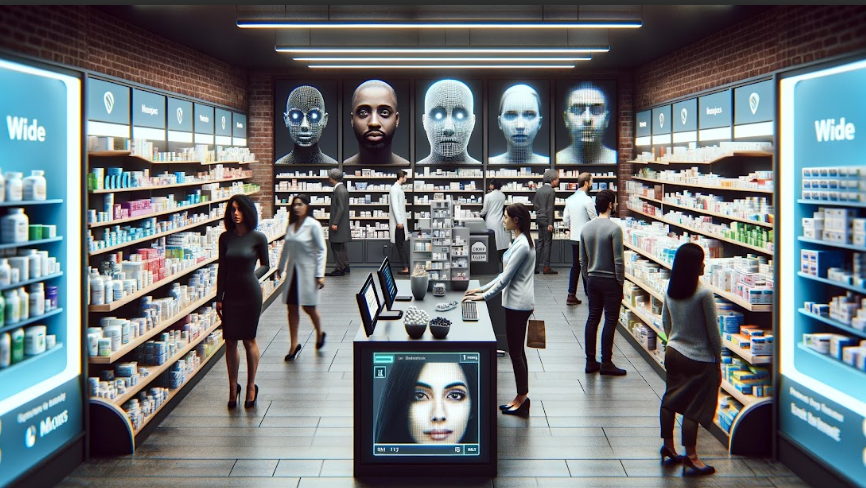Nearly three decades ago, I embarked on a journey with EasyTools.com, a venture that offered utility apps and developer tools for Windows. Our products, available in both a basic free edition (then known as Shareware) and a paid edition with advanced features, were designed with customer support as a central focus. We prominently displayed our support details on the main screen and in the help menu, ensuring they were always accessible to our users.
When responding to support emails, our approach was to first provide a tentative solution, clearly stated as such, followed by further inquiries for clarity. This was always coupled with an unconditional offer for a refund, a ‘no questions asked’ policy inspired by the retail industry practices I experienced in the United States. For billing queries, we reassured customers that while we resolved their payment issue, they could continue using our apps, which functioned well in the free version and included a 30-day full-featured trial. This approach was designed to ensure that customers never felt at fault and understood that we were willing to own up to any potential oversight or bug in our software.
In the realm of software applications and SaaS products, just like in any industry, the significance of customer support in shaping user experience cannot be overstated. Yet, today’s landscape seems different, even with major tech companies. As a long-time user of a cloud storage service, I recently experienced the frustration of navigating through multiple layers just to reach customer support. This cumbersome process is not an isolated incident but a common narrative across various platforms. It begs the question: why does an industry known for its innovative and user-centric approach falter in such a critical aspect? It appears to be a deliberate strategy to minimize costs, a practice not sufficiently regulated. The era of users viewing tech companies as benign innovators is long past.
In today’s era of high telemetry availability, customer interactions could be significantly smoother and more frictionless. Yet, surprisingly, even companies like Apple still require customers to provide details like the firmware version number of their AirPods Pro to diagnose issues. This reliance on customer input for basic diagnostics seems at odds with the advanced capabilities at these companies’ disposal.
For emerging startups, the story of EasyTools.com offers a crucial lesson. Customer support is not a mere add-on; it’s a cornerstone of the user experience, directly influencing customer satisfaction and loyalty. The approach should not be reactive but proactive, focusing on building and maintaining strong customer relationships.
In conclusion, I urge startups and established firms alike to prioritize customer support in their business strategy. It’s more than just solving problems; it’s about forging enduring connections with your users. In today’s digital world, the most effective marketing tool you have is a contented customer. Let’s not forget that in our pursuit of innovation and growth, the customer’s experience is paramount.



